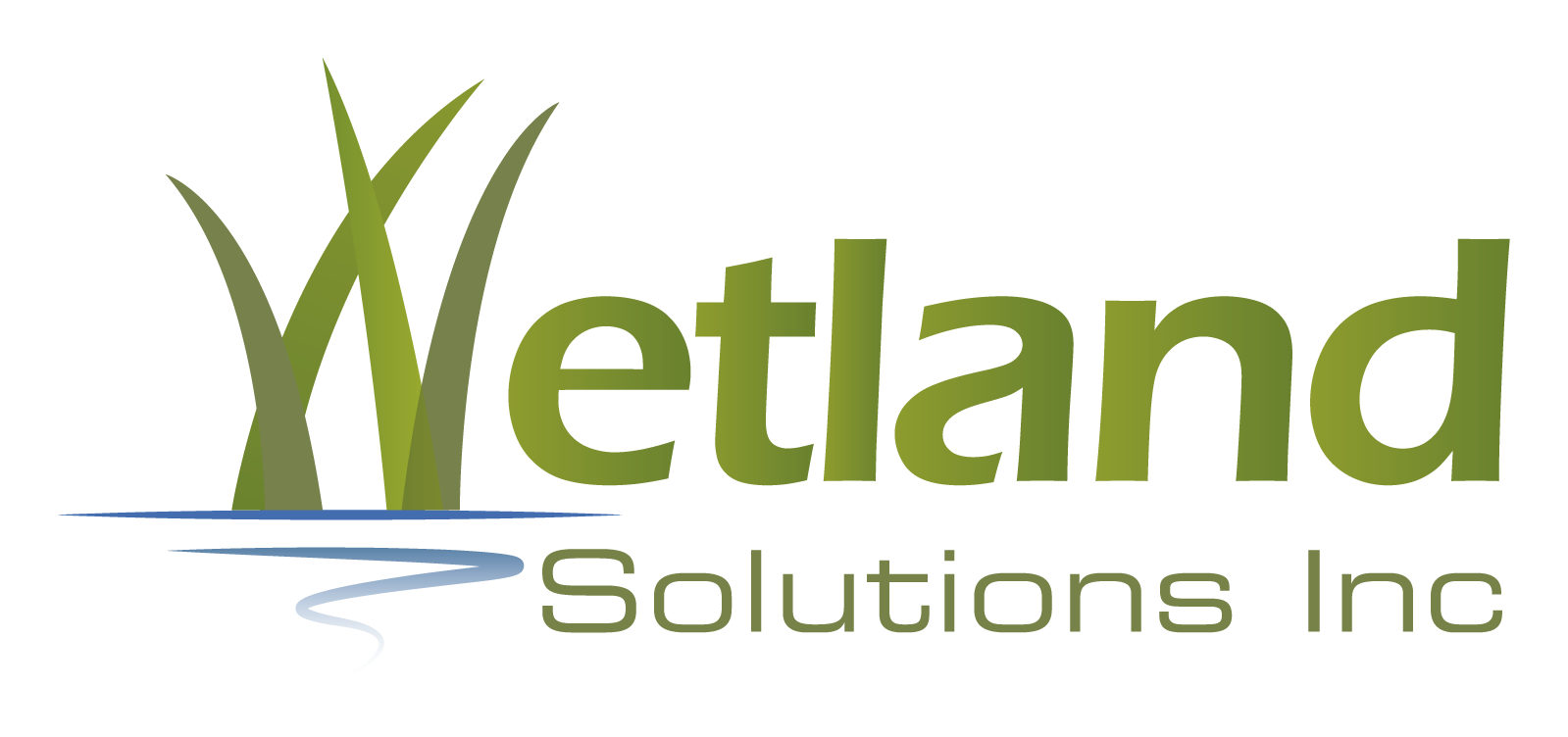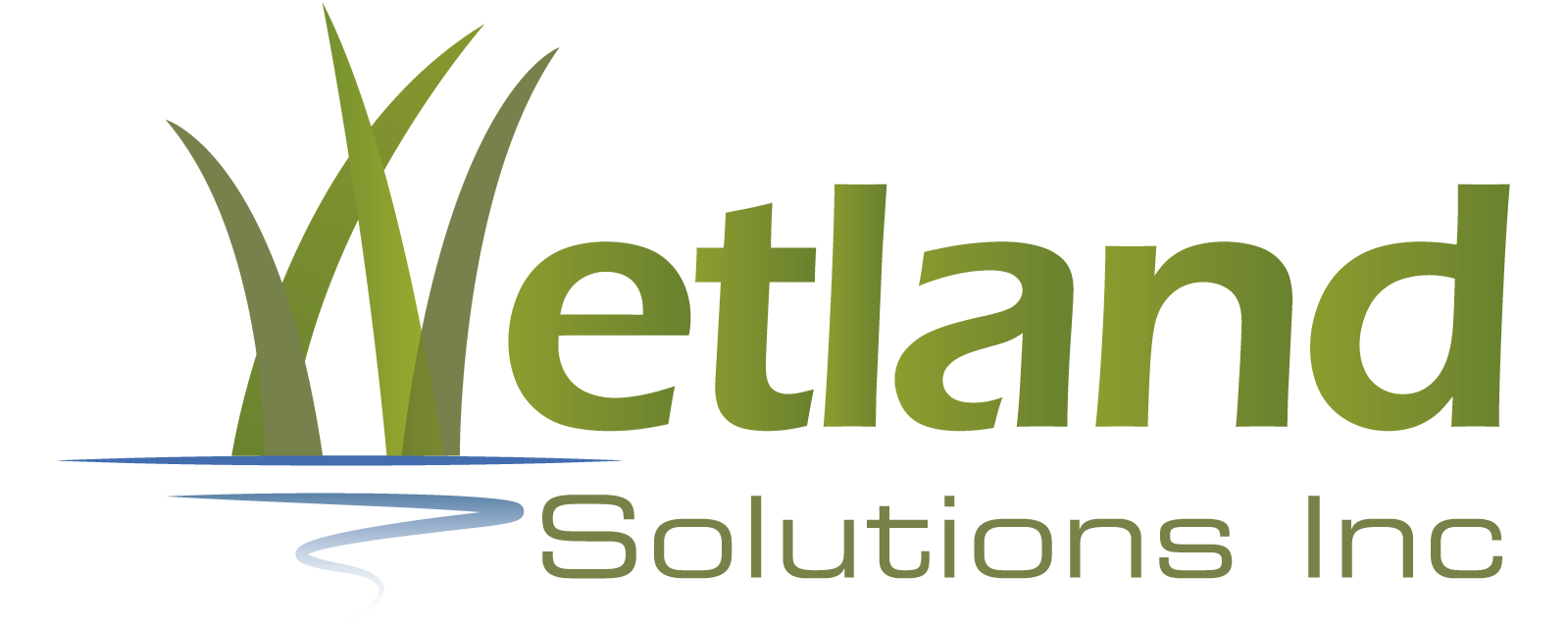Wetland Mitigation and Restoration
Wetlands can be impacted as a result of human activities that alter the hydrology or topography of the ground surface. This loss of wetland habitat and services has been realized and steps have been taken at the local, state, and federal levels to protect wetlands. One method of protection has been to require mitigation whenever a project has unavoidable wetland impacts. This process requires the impact to be assessed and steps to be taken to mitigate for the impacts through restoration or replacement. Suitable activities to mitigate for wetland losses can include onsite or offsite creation or enhancement, or in some cases purchasing of credits from an approved wetland mitigation bank. WSI has expertise in all phases of the mitigation progress including: wetland delineation, UMAM Assessment, mitigation site evaluation, restoration plans, mapping, and permitting.
Wetland restoration is an important component of improving the condition of impacted ecosystems such as: lakes, rivers, springs, and estuaries. In many cases wetlands serve as buffers that protect both the structure and quality of ecosystems by removing pollution before it can enter a fragile ecosystem. To develop a wetland restoration plan it is critical to understand the causes of impacts to the wetland, what the desired function of the wetland is, and how best to restore the function of the wetland. WSI has worked extensively on designing, developing, and monitoring of wetland restoration projects. The WSI team has a thorough understanding of wetland processes that can improve the outcome of wetland restoration projects.

